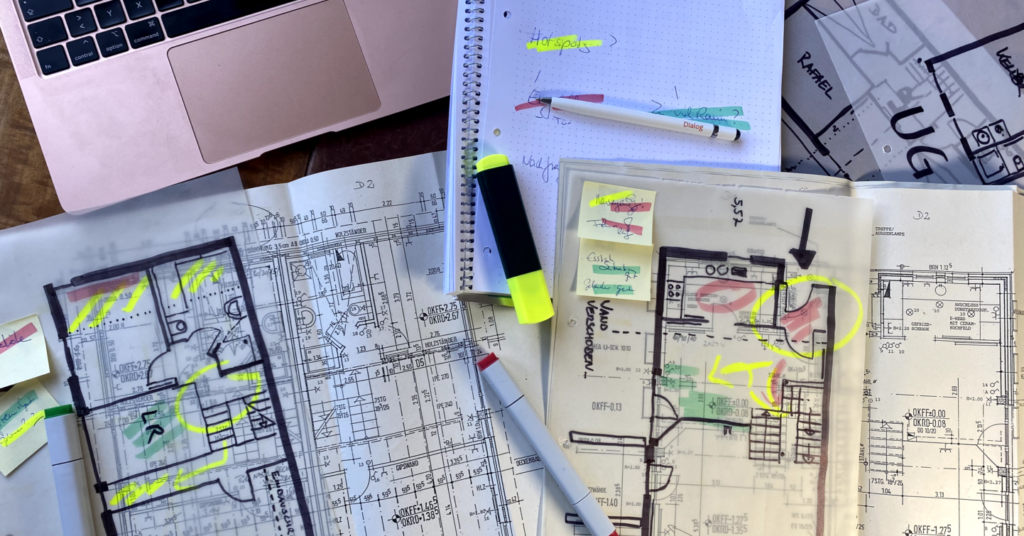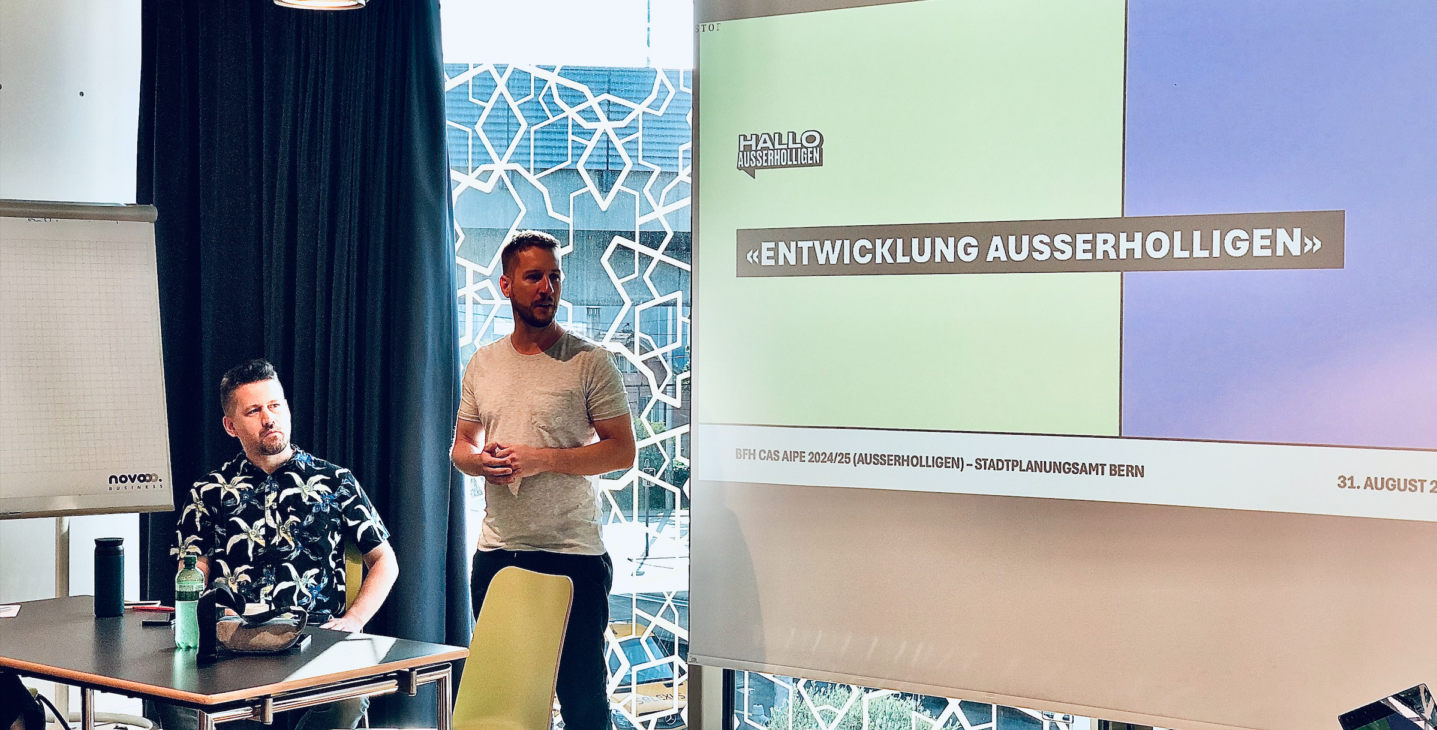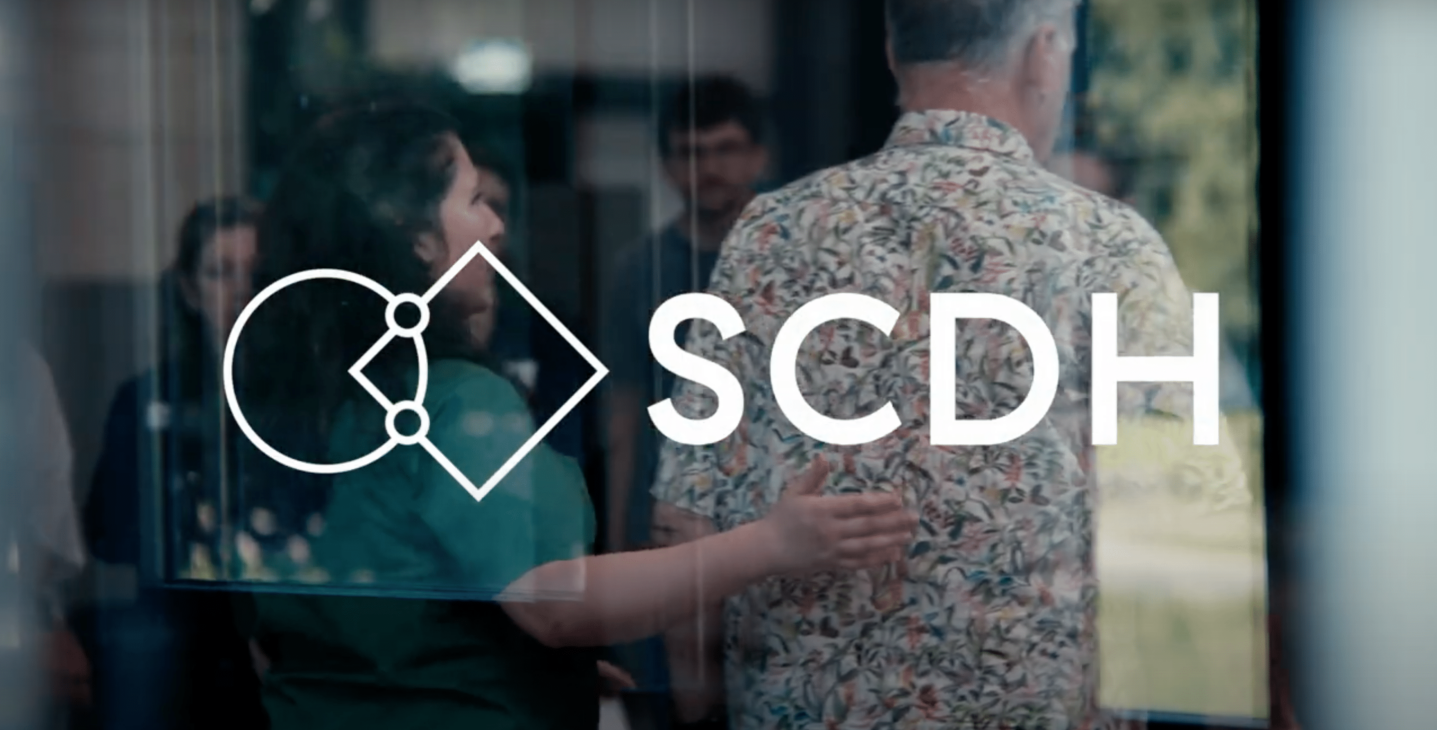We understand that every project is unique and requires addressing different challenges.
Analysis
At the beginning of any transformation process, we focus on gathering, analyzing, and evaluating facts.

raumDNA discovers and reveals.
To do this, we create a shared understanding of the situation, bring together the necessary stakeholders, and analyze stressors and opportunities. Our approach is grounded in psychologically, sociologically, and neuroscientifically informed architecture (PSN-based architecture) and centers on user-focused design strategies.
RaumDNA analysis includes
1 | 3
Spatial assessments and reports on urban planning, architecture, interior design and layout
2 | 3
Generating ideas, fostering development, and solving problems
3 | 3
Insights into user needs and experiences, as well as processes and services
Methods
We combine proven methods with innovative approaches, thinking outside the box and integrating interdisciplinary expertise with empathy.

This allows us to design spaces that go beyond functionality and truly inspire. By uncovering the hidden connections between people and their environments, we unlock untapped potential and set new standards in spatial design.
RaumDNA methods includes
1 | 4
Qualitative and quantitative research, such as interviews, surveys, workshops, observations, design analysis, shadowing, and movement mapping
2 | 4
Architectural profiling, Analysis and Process grounded in PSN-based architecture
3 | 4
Platforms for user definition (e.g., Sinus-Institute, VHW) and literature reviews
4 | 4
We also leverage expert interviews and evidence-based architecture to ensure that user needs are at the core of our designs, paving the way for innovative, future-ready solutions.
We make things happen and are always working on bold new ideas and projects.
Work in progress

1 | 3
CAS Site and Property Project Development 2024 at Bern University of Applied Sciences
We’ve successfully started the new programme! Many thanks to all participants for the inspiring discussions and valuable input.
Topic: Ausserholligen Bern site development – multicultural approaches in site design. The ASTRA motorway viaduct as both a dividing and connecting element: How can we shape this space for the future, using interdisciplinary knowledge to align projects with needs? Our architectural profiling process plays a key role in this.
Many thanks, Sabine Fischer, Fabian Bauer, Caspar Lundsgaard-Hansen and Boris Szélpal!

2 | 3
Forschende Praktiker:innen in Architektur und Immobilien: Vol. 1/2024 Humane sustainability in high-density living
The architecture and property sector is growing more complex, requiring interdisciplinary, human-centred approaches. It’s no longer enough to focus on a single field. As researching architects, our goal is to develop resilient cities and villages that meet user needs, creating sustainable, stress-reducing, and healthy living environments.
Authors: Minou Afzali, Angela von Däniken, William Fuhrer, Andrea Grasser, Rahel Inauen, Elke Reitmayer

3 | 3
Swiss Center for Design and Health
Thank you for the enriching workshops, discussions and dialogue! The third SCDH Symposium took place from 8 to 10 July 2024 with members of the International Advisory Board, the Scientific Board, the SCDH team and invited experts and guests. The focus was on the development of remote care and the integration of telemedicine technologies in hospitals and in the home environment. The video offers a review of the Symposium 2024 and an insight into the work of the SCDH.
Contact
Schedule a meeting to get to know us!
raumDNA
raumDNA PartG
Pfingstberg 32
D-21029 Hamburg
info@raumdna.com
© raumDNA 2024 I Wir entfalten das Potenzial der Architektur